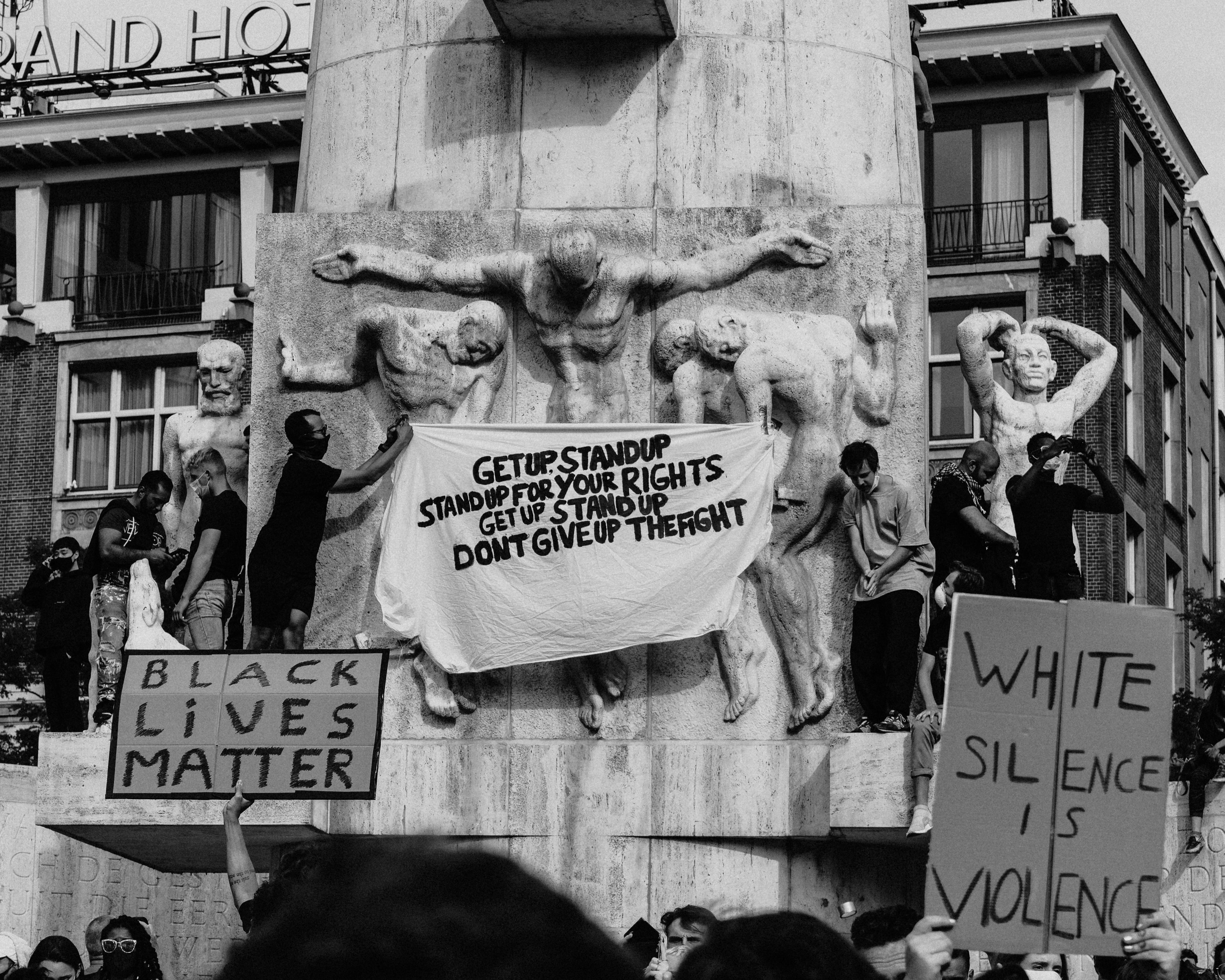Before the age of video, the standard for recording legal proceedings was for a court reporter to write a stenographic transcript and translate it into a paper, common language transcript. Once the final transcript was prepared, judges and attorneys could pore over it, looking for key evidence in depository transcripts and/or court transcripts as the case progressed. However, while written transcripts were and continue to be an accurate way to document various legal proceedings, they are not the most timely way to document them, nor the most efficient way to present transcript evidence to a judge or jury. That honor belongs to court reporting video services, which ultimately combine transcripts with video to produce a compelling and easily navigable document of legal evidence.
Why video services?
Although movies and TV shows featuring courtroom dramas still show lawyers staying late in their office, flipping through paper transcripts, and then showing the critical parts of the transcripts in the next court proceeding, most Contemporary lawyers use video services whenever they can, and for an obvious reason: it tells a story in pictures that no transcript can tell in words alone. Paper transcripts include descriptions of the nonverbal and other physical behaviors and characteristics of deponents and trial witnesses, but they rarely do an accurate job of communicating the desperation of a deponent’s sigh; the anxiety of a witness’s pregnant pause; or the sudden look of anger on the face of an otherwise composed person, any of which could be crucial in changing a jury’s mind about the alleged integrity of a defendant, complainant, or witness.
The value of video and text synchronization
Initially, video transcripts present the same problem as paper transcripts: they are lengthy, so it takes a long time to get to and from critical junctions. But with video text sync app, this hurdle is gone. Video text synchronization takes the drafting of a written transcript of a proceeding and synchronizes it with the video of the proceeding, making it easy for attorneys and judges to navigate from one place to another in a video transcript to access critical information, a particularly useful benefit for presenting evidence to juries. , who deliver the fastest and most convincing verdicts when the evidence is presented clearly and concisely.
The value of streaming video with text
To further enhance the presentation quality of a video transcript, video with text broadcast allows attorneys to create a video document in which the text of the speaker’s words is broadcast near the bottom of the screen while the video is played, making it easier for the court to understand the content of the video. with poor acoustics and assist hearing impaired jurors. Combined with video and text synchronization, video-to-text streaming creates a compelling document of video evidence that can be more easily processed by attorneys, judges, and juries.




Recent Comments